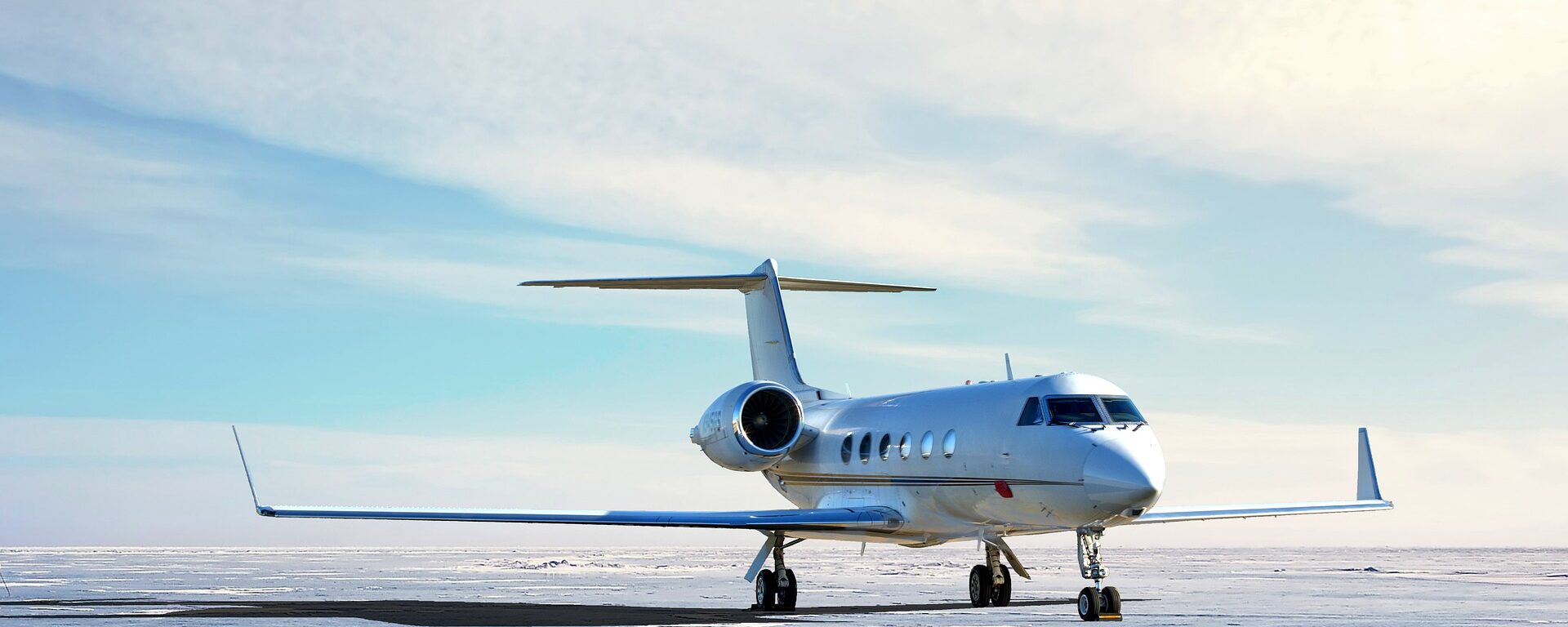- How the uptick in demand for private aviation is hurting our environment
- How the aviation industry can save our planet by 2030

The demand for private jets has soured in the first half of 2021, being up 42% on the same period last year compared with an upturn of less than 10% for scheduled airlines. Business aviation hit a record high in June, up 10% on the pre-pandemic high point of June 2019. Since demand for these flights keeps growing, we are emitting more co2 into our atmosphere than ever before. In just one hour, a private jet can emit two tonnes of co2 into our atmosphere. This compares to the 8.2 tonnes of c02 each EU resident emits on average per year.
Sam Cook, an aircraft financing specialist at US bank JPMorgan said, “Decarbonisation is extremely topical in the wider industry, developments are still at a very early stage, but advances in areas like sustainable aviation fuel are becoming increasingly important to manufacturers and operators, and to us as financiers.”
By 2030, regulators should only permit the use of hydrogen or electric aircraft powered with green hydrogen and electricity for private jet flights under 1,000km within Europe. Large private jet companies should be obligated to enter into PPA agreements with e-kerosene suppliers for all flights. Pending the development of these new technologies, companies and individuals should commit to substantial reduction in private jet use.


